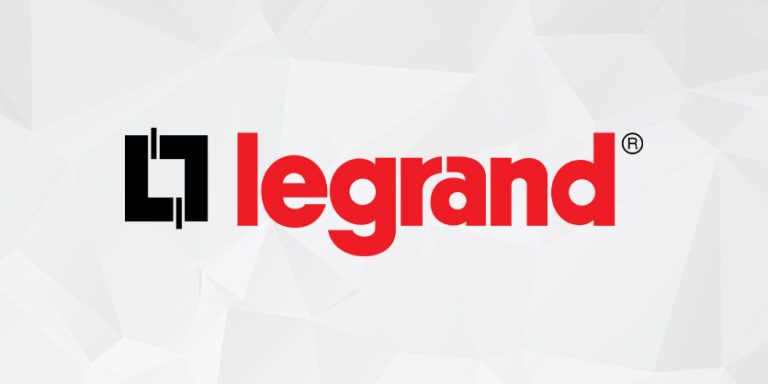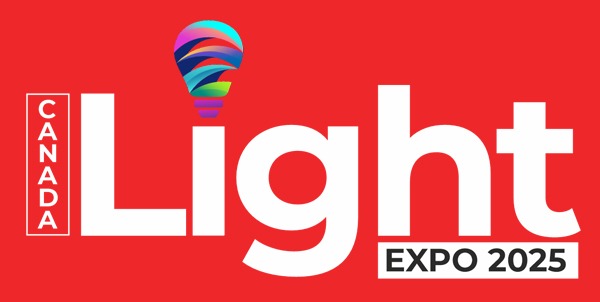New DLC Study Quantifies the Benefits of Networked Lighting Controls

A recently released DesignLights Consortium (DLC) study underscores the energy savings potential of networked lighting controls (NLCs) and recommends revising energy-efficiency incentive models to capture the full benefits of controlled lighting. A summary of the study, which emphasizes the value of pairing NLCs with HVAC systems in large commercial buildings, is posted on the DLC website.
The DLC will discuss details of the study entitled “Economic Potential of Networked Lighting Controls in Commercial Buildings: Tapping the Added Value of HVAC Connections,” including its methodology and findings, during a September 6 webinar.
Despite previous research demonstrating that installing NLCs with LED lighting projects can increase potential lighting savings by an average of about 50 percent (while providing a raft of valuable non-energy benefits), NLCs have been installed in less than one percent of commercial luminaires in the U.S.
“As first-generation LEDs are reaching the end of their useful lives and second-generation LED replacements are planned for offices, industrial buildings, and other commercial facilities nationwide, it’s important for us to understand the savings potential of NLCs in a world where decarbonization is a high priority,” said DLC Executive Director & CEO Christina Halfpenny. “In both the Northeast and Southwest scenarios, the study revealed a strong case for energy-efficiency investments to support controls with LED retrofits — particularly when integrated with HVAC systems.”
The DLC study presents the technical and economic potential for NLCs for interior lighting in existing commercial and industrial buildings through 2030 – a common timeline for the decarbonization goals of states and cities – and demonstrates how utilities and/or state programs should incentivize connected lighting.
Commissioned by the DLC and conducted by NV5 (a provider of technology, conformity assessment, and consulting solutions), the analysis assessed the potential for energy savings in two scenarios. First, when LED luminaires are coupled with network controls at the time of originally planned LED installations, and second, in a “Controls-Ready Replacement” scenario that assumes LED luminaires are designed to accommodate the future addition of NLCs. Significant savings potential was discovered in both scenarios, with most benefits associated with integration of lighting systems with HVAC in larger buildings.
Using Connecticut and Arizona as regional models, the study concluded that the benefits of acquiring all cost-effective savings from NLCs would be significant enough to make a noticeable impact on utility efficiency program budgets. Businesses in Connecticut could receive almost $1.2 billion in net benefits by 2030, while businesses in Arizona could receive net benefits of $217 million.
To register for the September 6 webinar or to read the study summary, email the DLC
Related Articles
DLC’s New SSL Tech Requirements Begin Now
DLC Webinar to Cover Findings & Outline Next Steps in Energy Reporting
DLC’s New Tech Requirements Go Into Effect Soon, Delisting Many Existing Products









